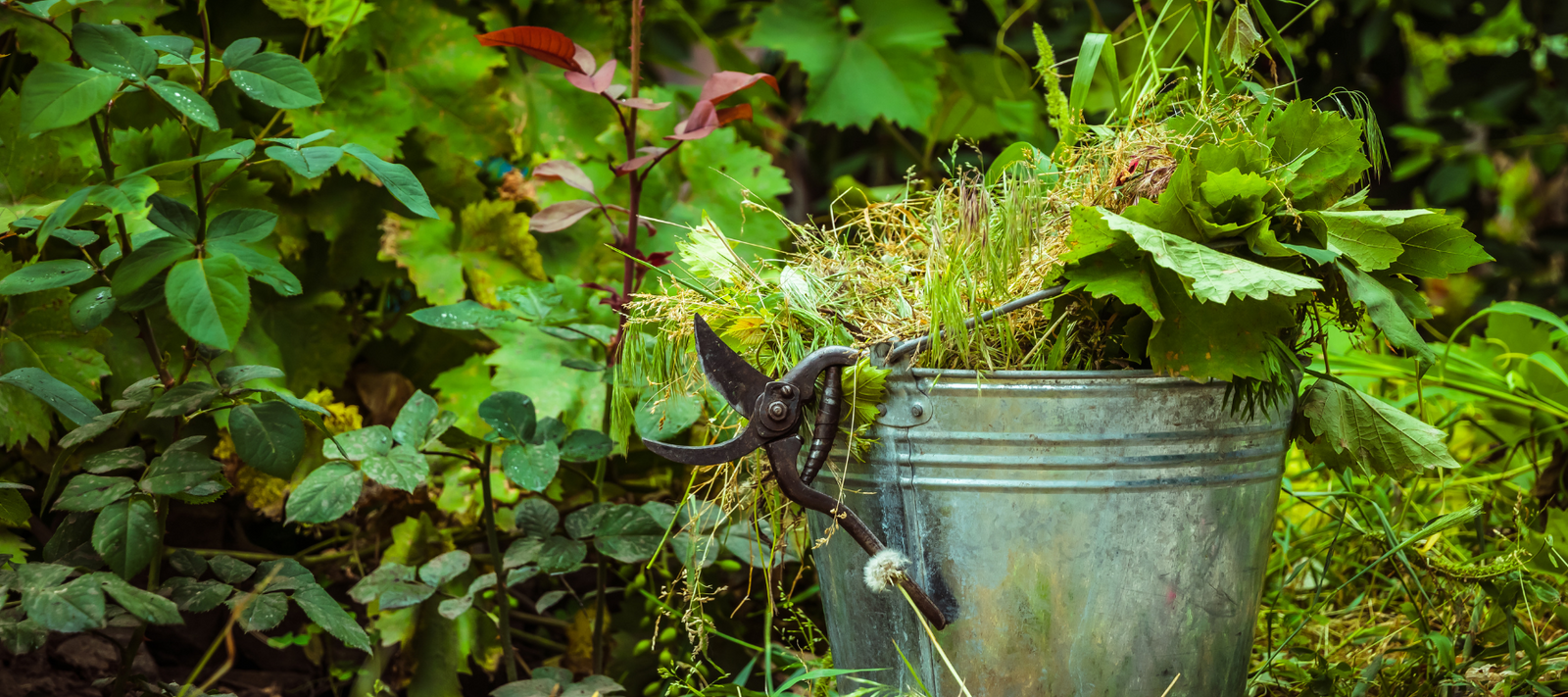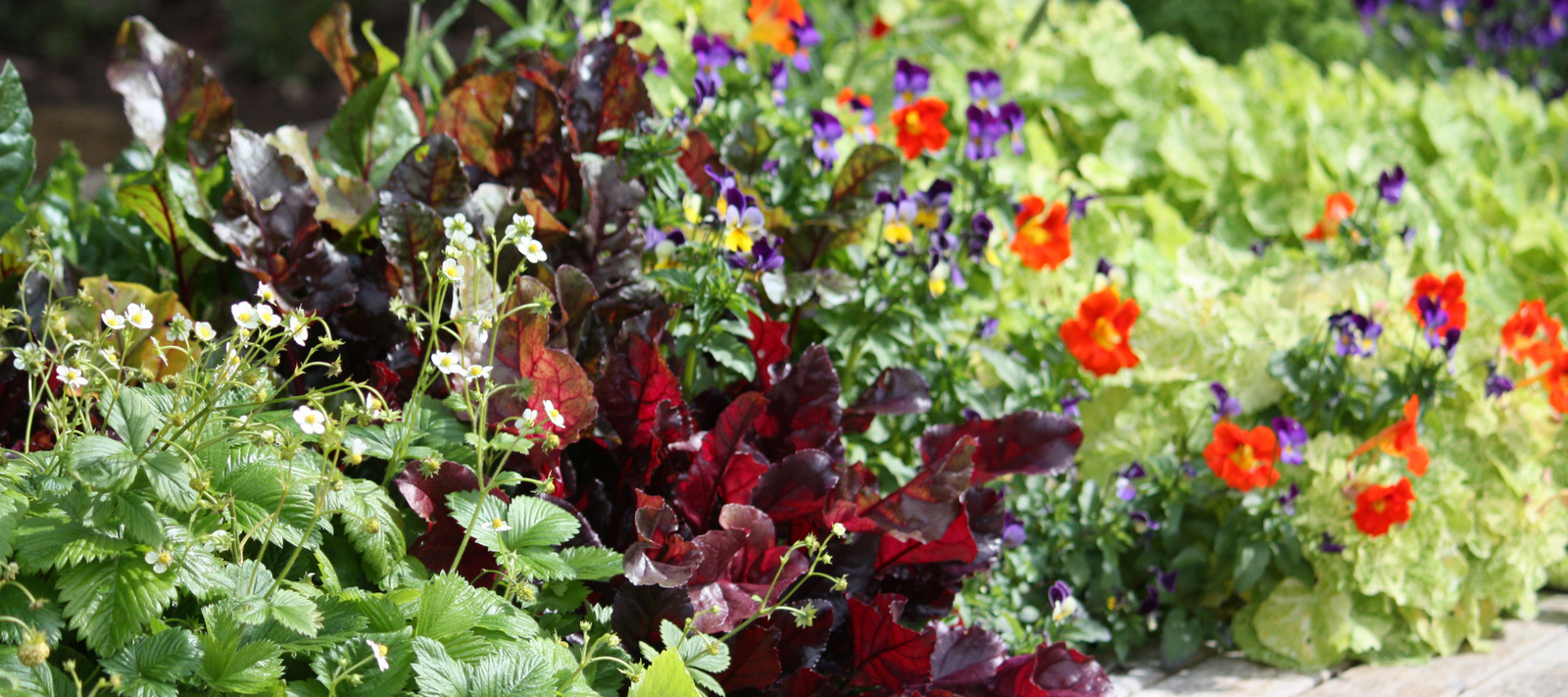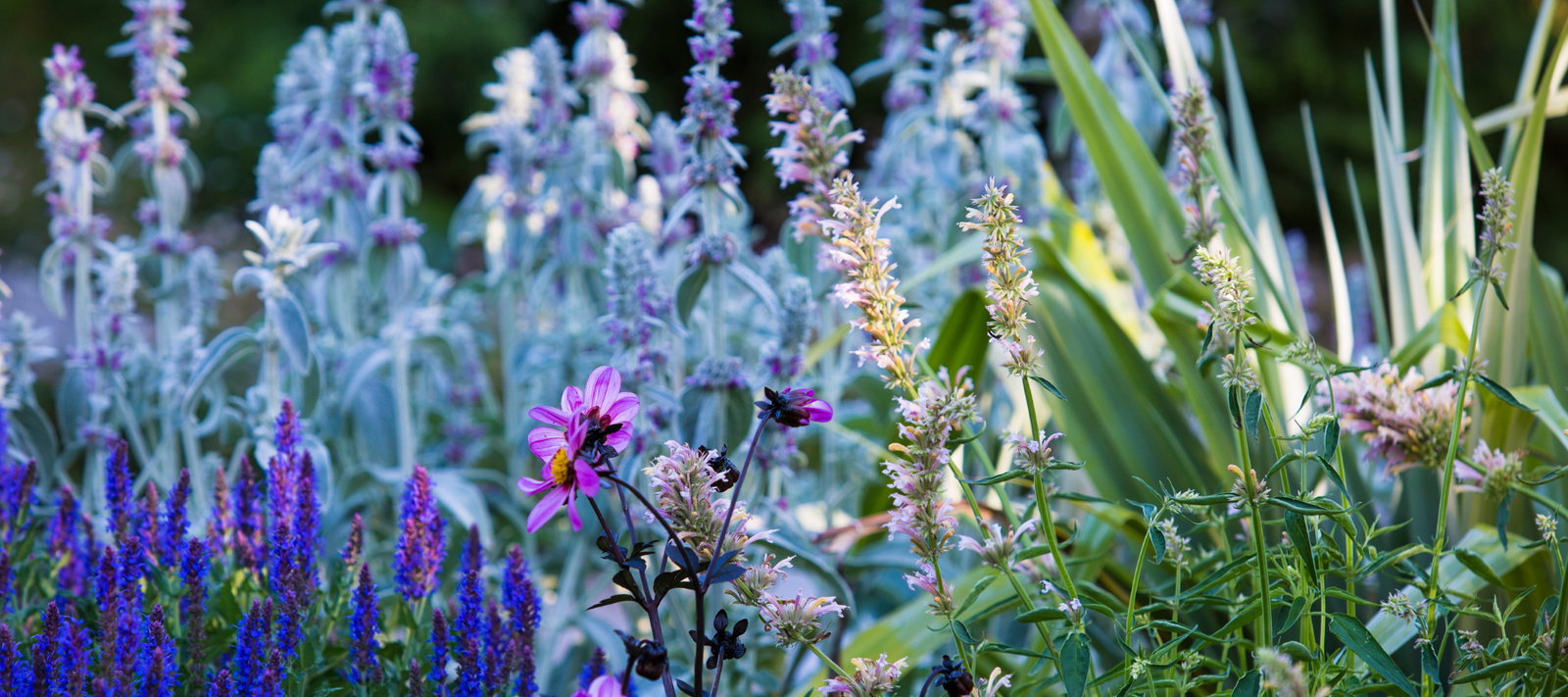
Composting is an essential component of organic gardening. It recycles our waste, improves soil structure, fertilises and inoculates our soil with beneficial organisms.
Composting is a natural process, yet successful composting often eludes the home gardener. We have all experienced the smelly heap or the dry heap that keeps growing but never seems to produce a usable end result. At Heronswood (and St Erth) we have fairly constant success by using a simple aerobic method and following some basic rules, just like baking a cake or, more appropriately, brewing beer.
The site
In a suburban situation the position of a compost heap would be limited. It would ideally have some shading in summer. It should have easy access both in terms of depositing waste and removing compost. We have two composting areas – one near our kitchen garden, the other in the ornamental garden – so we can make our compost near where it is to be used. Both our compost areas are in part shade and rest on soil or mulch.
Compost materials
The first phase of the composting process is gathering the compost material. For us and most gardeners the decision of what to compost is made for us by the garden waste we have at hand. At Heronswood we use prunings, weeds, spent organic potting mix, vegetable kitchen scraps, coffee grounds, lawn clippings and chook poo from cleaning the hen house.
Materials we avoid composting are:
- Any plant material that has a serious persistent disease, especially if from the Solanaceae (tomatoes, potatoes).
- Bulbous weed material like Oxalis that will not be easily killed by the composting process (we are experimenting with drowning the bulbs in a barrel before composting).
- Avoid too many weed seeds or perennial weeds like Kikuyu or Tradescantia if you are not confident of reaching temperatures of 55°C or more.
- Avoid meats and other obvious rodent food in an open heap.
It is vital to see the gathering and sorting of the waste material as a separate step to the actual making of the compost. We have at least three bays working. One with the raw material, another in which the compost pile is made and a third into which the compost is turned and left to mature. Confusing a working compost heap with a pile of random dumped garden waste is one of the primary causes of failure in compost making.
For good, quick composting you need to ensure that material is added according to its carbon (C) and nitrogen (N) ratio. The ideal C:N ratio lies between 20:1 and 40:1.
As you can see compost requires far more carbon than nitrogen. Too much carbon will slow compost, while higher nitrogen heaps will lose nitrogen to the air in the form of smelly ammonias. You also need to balance the moisture content by adding wet material, like grass clippings, with dried wood prunings.
Making the compost heap - size matters
A cubic metre seems to be the accepted minimum size for a heap. The mass of the heap and its surface to volume ratio limits heat loss. If a heap were to get much bigger than this oxygen supply to the centre would be compromised. We keep our heaps contained in bays that help maintain the heaps proportion and insulate the sides. Just as the size of the heap matters so too does the size of the particles we put in the heap.
At Heronswood our chipper transforms woody waste that has lain inert for weeks into a steaming pile. Any way you can mechanically reduce the size of the particles being composted will speed up the process. Once chipped the material is combined with grass clippings, soft weeds and vegetable cuttings in layers.
Depending on the material we have at hand, if there is a lot of woody material, we sometimes add blood and bone as we go to increase the nitrogen level. By making sure we have a good ratio of compost materials we avoid pH problems, we don't add lime.
The breakdown process
Soon after being made the temperature in the heap rises as thermophillic, heat loving bacteria begin the breakdown process. Temperature in our heap reaches 55-60°C. It needs to remain this hot for a week to ensure all weed seeds and pathogens are killed.
To keep the temperature up we turn the heap several times. In turning the heap we try to invert the mix to ensure even heating, this is helped by turning the heap into a second bay. To ensure it is well aerated, we are careful not to compact the heap when we are forking it.
Keeping the heap moist is a challenge, especially in dry summers. We add water as needed when we turn the heap. Covering the heap is important to insulate it, thus
maintaining moisture and temperature levels.
After two weeks the temperature drops and a new group of organisms, mainly fungi, now colonise the heap. It is in this phase that humus begins to develop. Once the heap reaches a stable ambient temperature it is left to mature and earthworms begin to colonise the heap. The whole process takes several months. Timing varies depending if it's in the cool of winter or the heat of summer.
Ideally, the final product is dark and smells earthy, with an even consistency and is weed and disease free. Occasionally, seeds like amaranth, or marigolds slip through. We apply the compost as mulch to our garden beds, letting the humic goodness percolate into the soil.




